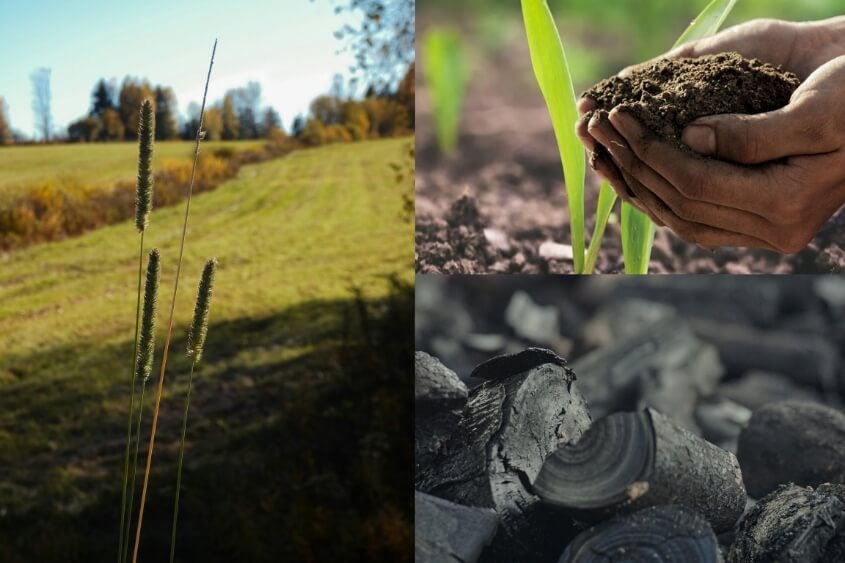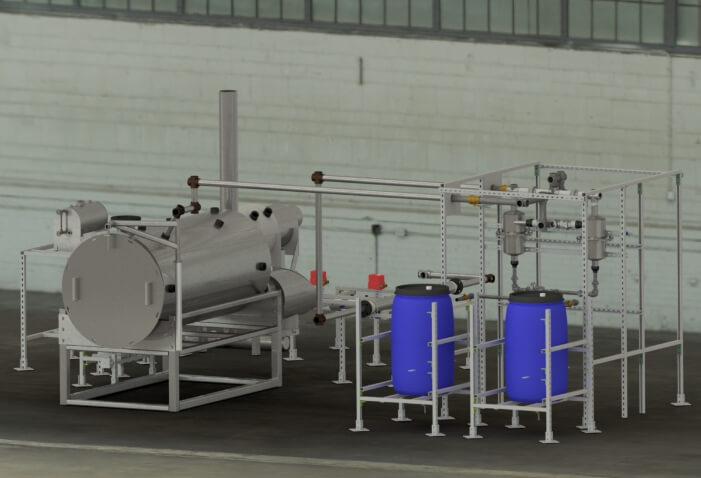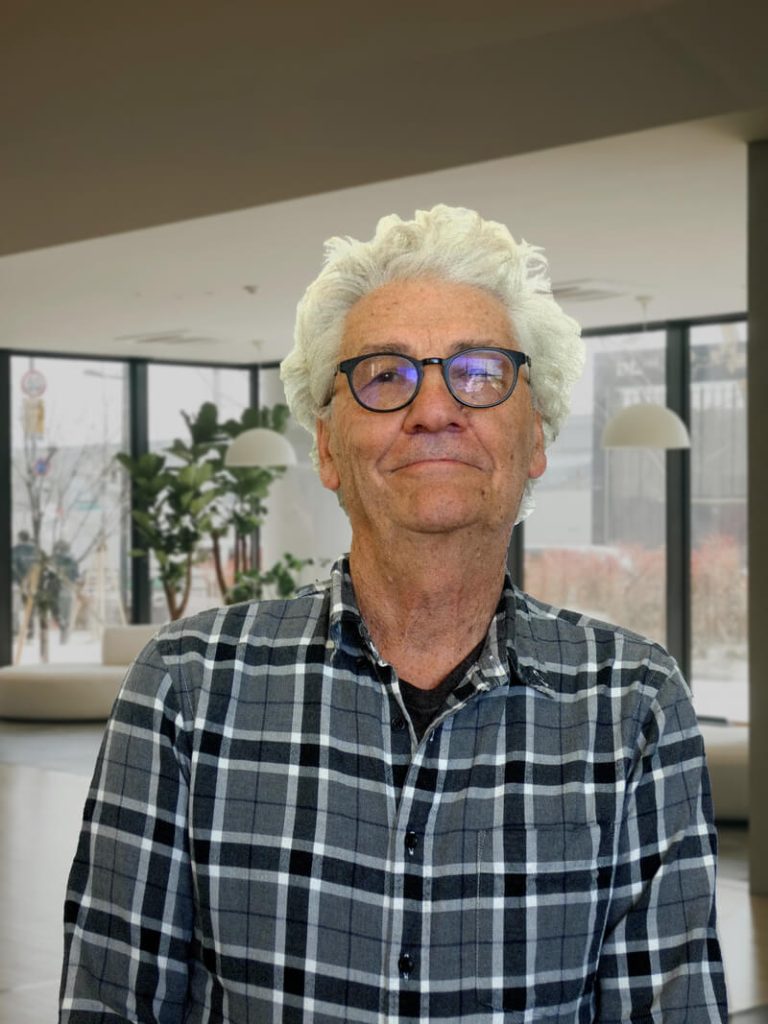Create • Convert • Capture
Carbo3 designs innovative technologies to transform residual organic matter into pyrolysis products and thus sequester atmospheric carbon.
Our mission : To develop and integrate solutions for the valorization of residual organic matter with the aim of generating value-added products in a circular economy.


About us
The Carbo3 story began in 2014 with an R&D project initiated by a combustion company, where we worked on developing a slow pyrolysis technology in batch mode.
In 2016, our first pyrolyser was installed on a model farm in Central America, to convert organic wastes from sustainable forestry operations. This project, born of collaboration with an international reforestation organization, has improved the survival rate of young trees in the region.
In 2018, we set up biochar production trials in Quebec to demonstrate its potential for capturing pollutants present in agricultural runoff.
In 2021, we have developed an instrumented prototype for in-depth study of the condensable fraction of synthesis gases.
In 2023, Carbo3 Inc. was founded to build on these technological advances to create a company dedicated to sustainable pyrolysis solutions.
Discover the extent of our services
Services
- Technical and economic studies
- Formulation development and validation
- Integration of pyrolysis technologies
- Pyrolysis training courses
Technical and economic studies
- Assessing the feasibility of different ways of recycling pyrolysis co-products
- Analysis of biomass recovery potential
- Search for relevant technologies
- Potential economic impact
- Recommendation of an optimal approach based on study results.
Formulation development and validation
- Biochar production trials
- Determination of process parameters for the desired application.
- Field validation experiments
Integration of pyrolysis technologies
- System adaptation to process and installation environment
- Implementation project management.
- Training in the use of technology
Training
- Workshops and Conferences on Pyrolysis and Combustion
- Training in the principles of pyrolysis
- Development of customized tools
- Report on the economic benefits of biochar
Our team
A multidisciplinary, professional team dedicated to transforming every environmental challenge into sustainable innovation.

Charles Ratté
President and Co-Founder

Daniel St-Pierre
Pyrolysis expert and co-founder

Yannick Grego
General manager

Matthias Galuska-Lair
Engineering Project Manager
Frequently Asked Questions
Here are the answers to frequently asked questions. For more information about our approach or the references used, contact us through the information request section.
What is pyrolysis ?
Pyrolysis is a process that breaks down organic materials by heating them in the absence of oxygen. This process generates three main byproducts: synthesis gases, condensable liquids (such as pyrolytic oil and wood vinegar), and a carbon-rich solid known as biochar. The synthesis gases and pyrolytic oil can be burned to produce heat, which is partially recycled within the process itself. Any excess heat produced can be utilized for various applications, making pyrolysis an energy-efficient and versatile method.
What is biochar ?
Le biochar est un matériau solide dont la structure interne est caractérisée par un réseau complexe de pores. Riche en carbone avec une texture légère et friable, il se distingue du charbon ou d’autres produits carbonés par son utilisation. Non destiné à la combustion, il a de nombreuses applications notamment en agriculture, pour la filtration de l’eau et la décontamination des sols. On l’obtient par la pyrolyse de matières organiques comme les résidus végétaux, à des températures élevées et en l’absence d’oxygène.
What is the role of pyrolysis in agriculture?
Pyrolysis is a process that transforms certain organic residues from agriculture into biochar, which has numerous applications. Once conditioned and incorporated into the soil, biochar improves soil structure, enhances its ability to retain water and nutrients, and promotes soil health and fertility. By reducing the need for chemical fertilizers, biochar helps lower production costs while minimizing the environmental impacts of excessive fertilizer use. Additionally, when added to animal feed, biochar can improve digestion, reduce methane emissions from livestock, and boost conversion rates in certain animals.
How can atmospheric carbon be captured?
During pyrolysis, organic matter is converted into a stable, carbon-rich material that decomposes only very slowly. When biochar is incorporated into soil, it traps carbon that would otherwise be released into the atmosphere as CO₂ (carbon dioxide) or CH4 (Methane) during the natural decomposition of organic residues. This carbon remains sequestered in the soil for hundreds or even thousands of years, helping to reduce the amount of greenhouse gases in the atmosphere.
Contact - Request for information
To speak to our specialists and find the solution to your needs, call us.